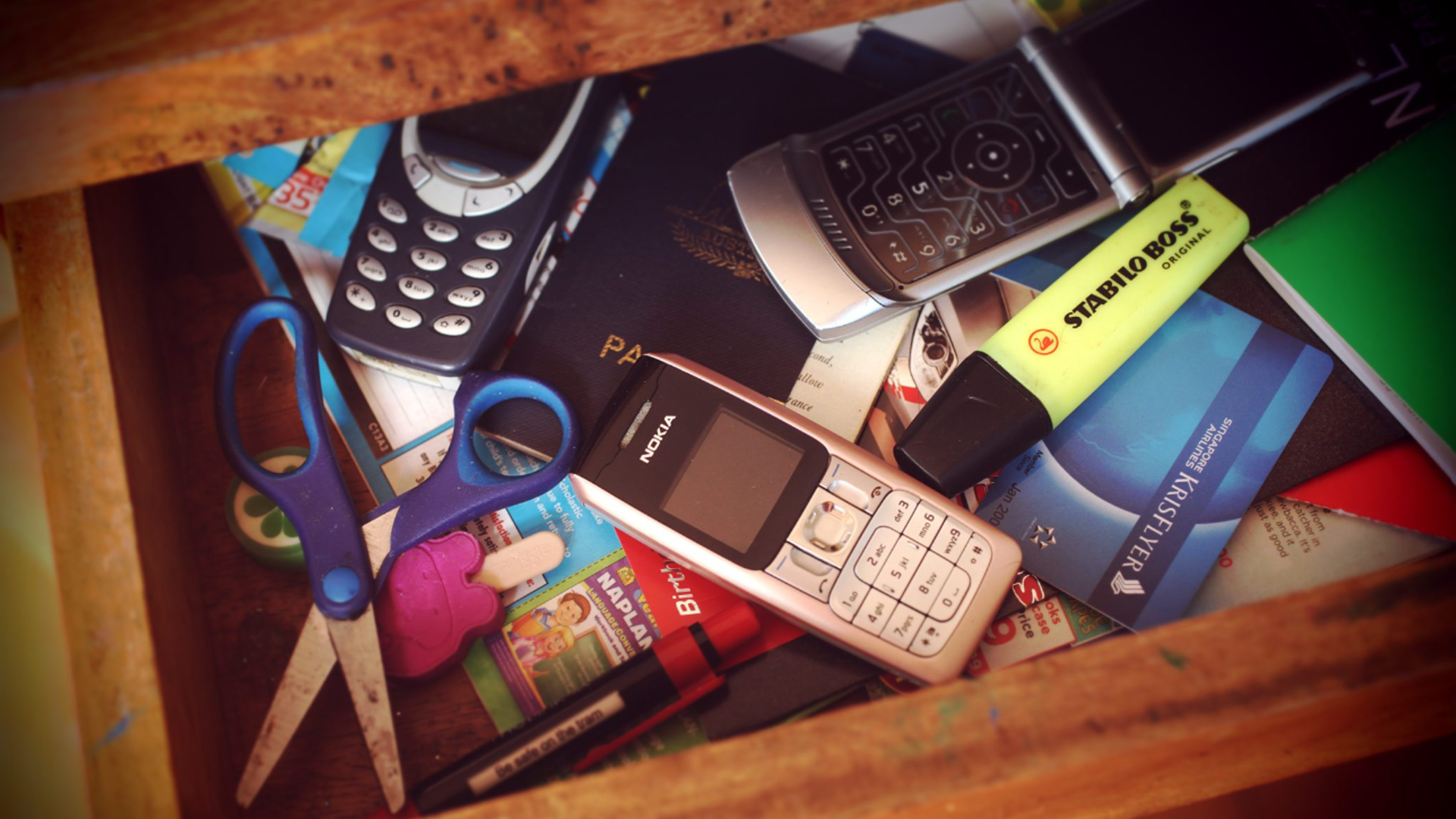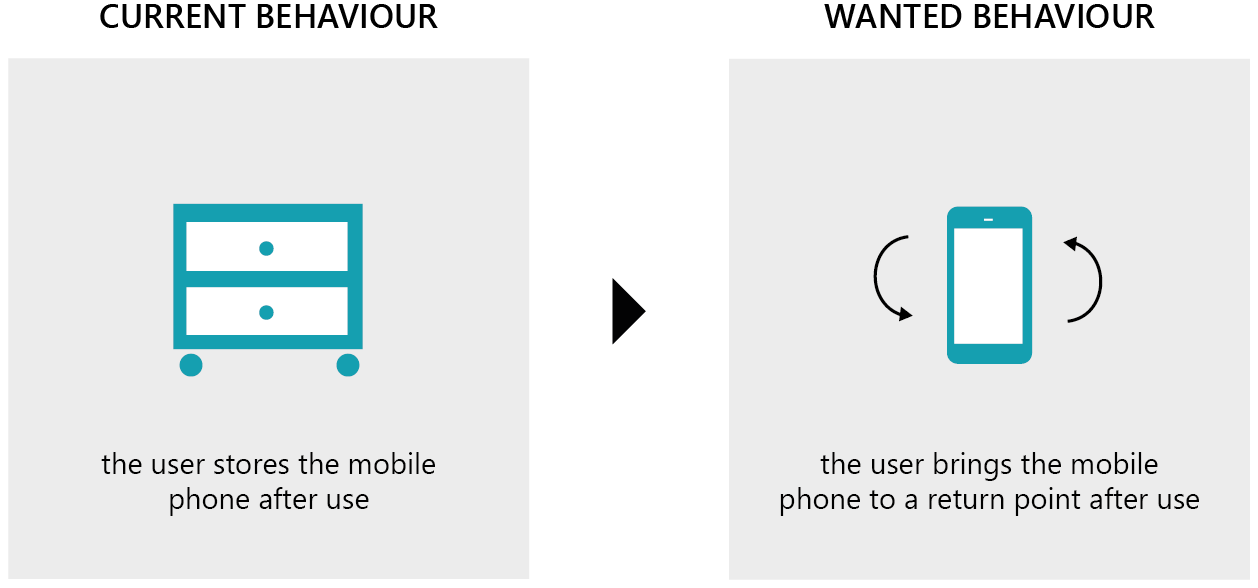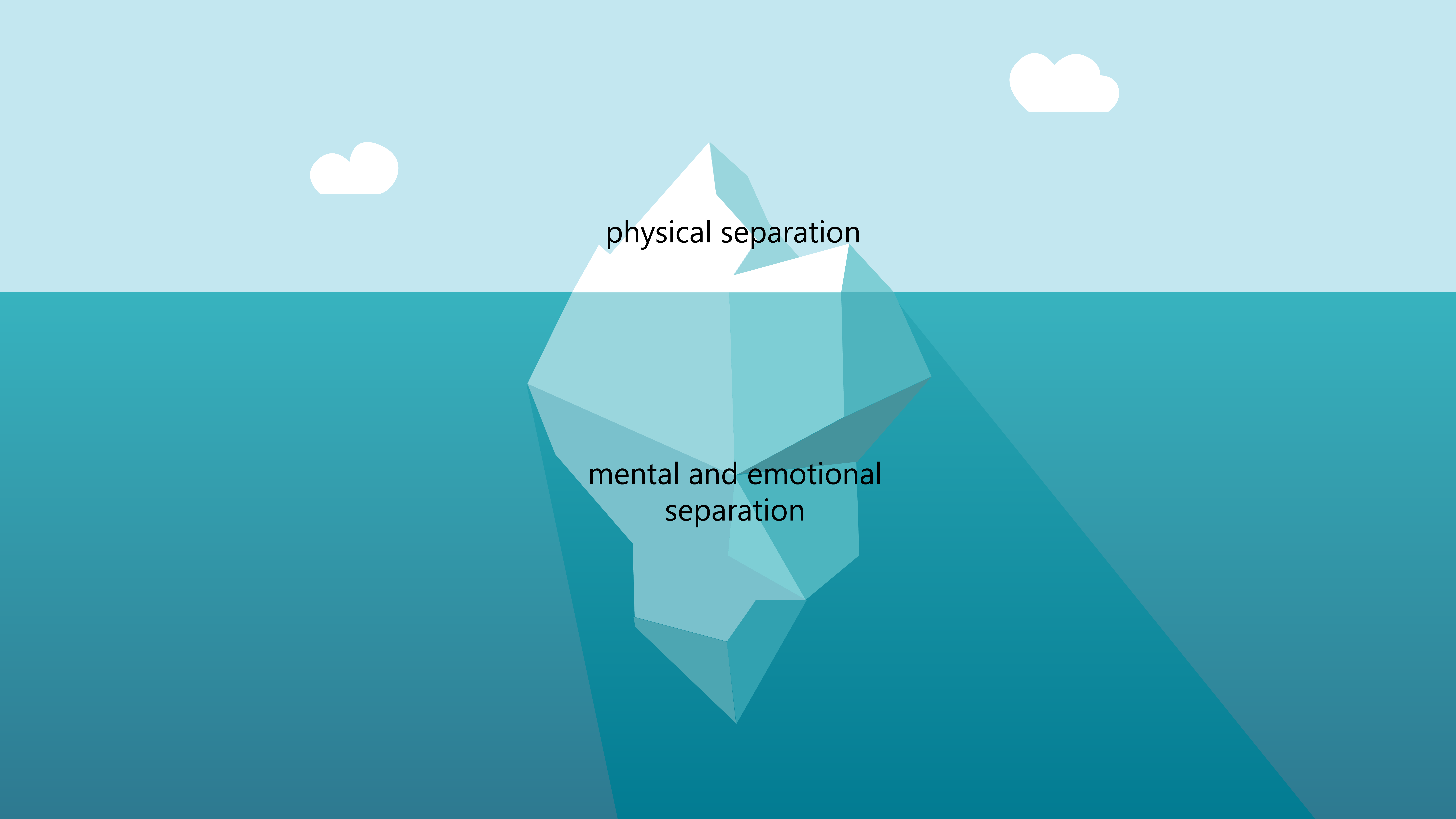The circular economy needs your old phones (and other things)
The transition towards a circular economy (CE) requires that products be returned for reuse, refurbishing or recycling. But getting people to follow through is not always easy. Looking at this issue from the user perspective, PhD candidate Flora Poppelaars researched ways to increase the return of mobile phones after use, helping to close the CE loop.
Phones are so common nowadays that most people take them for granted, but Poppelaars is still amazed by them. “There are more than 40 elements from the periodic table in this thing, gathered from all around the globe, and it’s awesome that it’s designed into one tiny object that fits into your pocket,” she said. But this little thing that has come to mean so much in our daily lives is also having a huge negative impact on the environment.

Bringing the user into the picture
Let’s face it, most people have a drawer full of old phones or other devices. In fact, Poppelaars says that some 58% of phones end up in a drawer. Consumers have become accustomed to using phones for a couple of years and then buying the newest model. This process maps to the current linear industrial system where companies extract materials to manufacture products, consumers buy and use them, ultimately disposing of them as waste.
In a circular economy, the basic idea is to get the most value and utility out of the products, components and materials as possible. When looking at design for a circular economy, the research is often on technical aspects such as reverse logistics and material solutions, but not much attention has been paid to users and consumption. So Poppelaars’ objective was to make sure the user is in the picture, examining ways to get them to return their phones at the end of use.
Divestment by design
In order to close the loop, consumers have to accept the need to divest of the phones as well as have the means of doing so. The term divestment refers to the last phase of the consumption process during which users go through the physical, emotional and mental process of separation from their product. Poppelaars’ research looked specifically at two modes of consumption through which users can be stimulated to return used smartphones. First, she looked at compulsory return, where a phone is leased and the user is contractually obligated to return it at the end. But the acceptance of these types of business models isn’t very high. The other, more widely accepted model that she researched is that where a product is owned. In that case, how do you stimulate return of phones after use?
Several patterns emerged from the studies that led Poppelaars to develop a novel set of ten “design for divestment” principles to help designers and researchers create solutions for a better divestment experience. They are available to everyone through her PhD thesis. “I worked with design professionals during a workshop and with design students during graduate projects and really dove into the whole design process,” she said. “How are you actually designing for this, what are you taking into account, what tools are you using and how are you finding ways to stimulate the users? That’s where the insights came from.” In addition to these practical insights, Poppelaars also produced scientific insights through modelling user behaviour in the context of phones and divestment.
Our circular future
Though aspects of her research are very specific, Poppelaars says that the design principles she developed can to some extent apply to other product categories. And she sees this type of research as an important part of the future of the circular economy. “I hope the field of design for divestment is developed more so that we will think of endings from a user perspective and find valuable and valued solutions.”
Poppelaars currently works as a consultant in circular economy at Partners for Innovation in Amsterdam. She supports companies, organisations and governmental agencies with all of their circular questions, mostly from a design perspective. “It’s nice to be a part of the evolution of the circular economy.”
Conny Bakker
- +31 (0)15 27 89822
- C.A.Bakker@tudelft.nl
-
Room B-3-330
Jo van Engelen
- +31 15 27 89925
- J.M.L.vanEngelen@tudelft.nl
-
Room B-3-340



